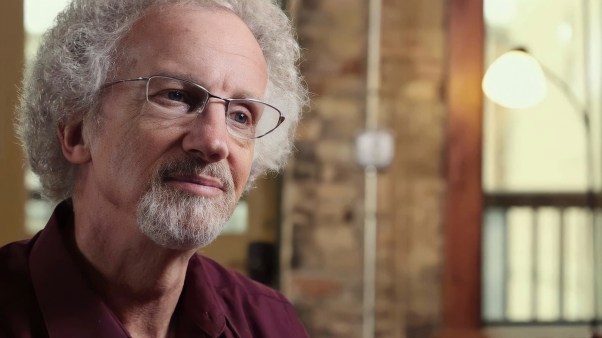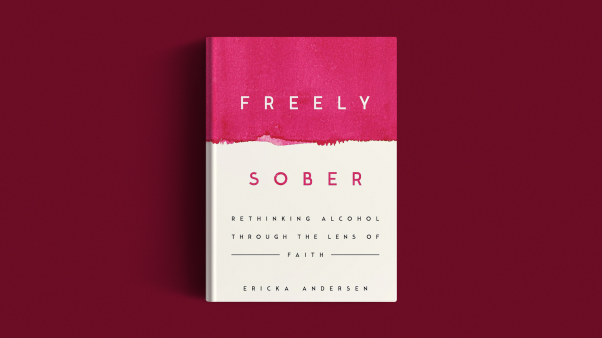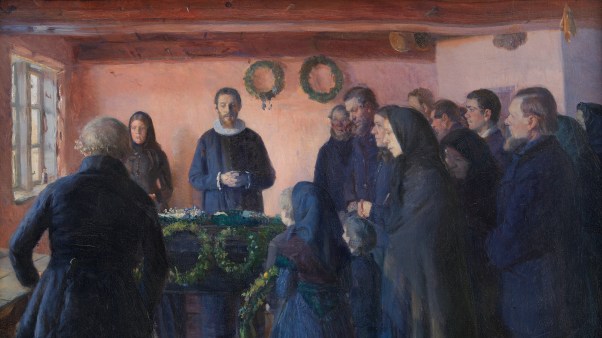Church historians, sociologists, and statisticians are going county by county, denomination by denomination, group of believers by group of believers, to compile the most complete record of organized religion in the country: the 2020 US Religion Census.
The official decennial census conducted by the United States government does not measure religious affiliation. Most data about religion in America comes from polling, but polling has its limits. So every 10 years, the Association of Statisticians of American Religious Bodies (ASARB) counts and maps religious congregations in the US.
The project is a massive undertaking. In 2010, the organization counted 236 religious groups, with 344,894 congregations and 150,686,156 regular participants, releasing its results in a 726-page book with 31 color maps.
In 2020, they’re counting again: Southern Baptists and American Baptists, plus National, Progressive, Independent, Fundamental, Full Gospel, Free Will, and Original Free Will Baptists. They’re counting Grace Gospel Fellowships and Fellowships of Grace Brethren. Twelve types of Lutherans. Thirty affiliations of Amish. They’re counting churches without buildings and churches that meet in multiple locations, congregations with no denomination and congregations that belong to more than one.
There really is a feeling that maybe denominations have seen their day. There may be some reshuffling of the cards in America.
In the process of coming up with the numbers, the census takers wrestle with the complexity of organized religion. They just want clean stats, but these data obsessives end up mapping denominational decline and transformation, migration, reorganization, and the seemingly endless shifts in the shape of church.
“There really is a feeling that maybe denominations have seen their day,” said Richard H. Taylor, a retired United Church of Christ (UCC) minister who was president of ASARB from 1998 to 2001. “There may be some reshuffling of the cards in America.”
Two of the biggest trends—the rise of nondenominational Christianity and the weakening of denominational brands—have made things particularly difficult for ASARB. Just compiling a list of all the nondenominational churches in the United States is an incredibly complicated task.
Here’s how you do it: First, you buy three mailing lists of churches from companies that scrape the names and addresses of businesses off the internet to sell to mass marketers. Then you cross out all the Church’s Chickens. You cross out all the companies owned by brothers named Church.
You can eliminate all the churches that have a denomination in the name—Church of God, Wesleyan, Evangelical Free. You look up newspaper listings for worship services in small towns and add those names to the list. After eliminating duplicates, you have about 65,000 names. Then you go one by one, working alphabetically by state and county.
Autauga County, Alabama, has 106 Christian congregations in total. You find each website, checking whether a “Christian Church” is nondenominational or part of the loose denomination that goes by that name. Congregations with names like Boones Chapel and Fresh Rain Church turn out to be Southern Baptist, so they’re off the list too.
There are still 64,970 names to go. Unless you missed some.
“I know we undercounted,” said Scott Thumma, a sociologist at Hartford Seminary who is leading the group that counts nondenominational churches for this year’s church census. “It’s an impossible task.”
In 2010, out of a list of about 65,000, Thumma’s team found 35,496 independent congregations. It took six people more than 1,000 hours, combined.
The first effort to count all the religious congregations in the US came from the federal government. In 1850, US census takers collected information on the number of clergy and asked the ministers about their church buildings. In 1890, census takers started asking more detailed questions and counted 145 denominations in the US, which they grouped into 18 families.
The government decided to do a census of religious bodies every 10 years, starting in 1906. With the influx of immigrants into the country, they counted 186 denominations, grouped into 27 families. That count became controversial in the 1940s, partly because of backlash against the big government of the New Deal era, and partly because of concerns about religious liberty and the separation of church and state. The 1946 religion census was taken, but Congress refused to pay for printing, and it was never published.
The National Council of Churches also compiled information on US congregations for many years but never tried to be comprehensive. It published a yearbook focused on the largest denominations, asking those groups to provide their membership and congregation data.
All of this data was incomplete, unreliable, and deeply dissatisfying to the people who obsess over religious data. Taylor remembers looking at a list of UCC churches in 1980 and realizing it was wrong. “You have counties with no UCC churches where I know there are churches and counties with churches where I don’t know of any,” he said. “There are maybe 190 or 200 errors on this list.”
So Taylor started compiling his own data. He found like-minded stat counters at ASARB and signed up to help the organization with its census.
“I think it matters,” Taylor said. “I think understanding the statistics, the geography, and the history together helps people understand what they’re encountering.”
ASARB conducted its first congregations count in 1990. Starting in 2000, the US Religion Census began to make religious diversity a priority, trying to go beyond the major denominations to count non-Christian groups, including Sikh, Bahá’í, and Zoroastrian, as well as Christian groups that hadn’t participated before.
Joseph F. Donnermeyer at The Ohio State University started counting the Amish that year. He found the existing estimates of the Amish population were wildly off, with overcounting in some places and undercounting in others. Unlike nondenominational churches, none of this information was online, so Donnermeyer started collecting regional directories, almanacs, and year-end reports from Amish newspapers to count for himself.
The Amish don’t have church buildings, so a “church group” is a cluster of 20 to 40 families with a bishop chosen by lot. The Amish have high fertility rates, doubling in size every two decades. With that growth, there are 10 to 20 new Amish settlements established every year. Existing groups also frequently fracture, dividing over church discipline. It can be very hard to track which groups are affiliated with which groups.
“Even the most knowledgeable Amish person would not be able to keep count of all these divisions,” Donnermeyer said. “When you look at the Amish, you look at a quilt through a microscope.”
Other denominations are hard to count because they don’t have designated leaders to talk to. In 2010, the US Religion Census could only get statistics for one of the dozen groups of Anglicans who have broken away from the Episcopal Church (USA), and researchers struggled to get accurate counts from small African American denominations.
The statisticians are also facing new challenges, as religious groups develop new ways to organize themselves. This year, ASARB is discussing how to count the increasing number of congregations affiliated with more than one denomination, a practice called “dual enrollment.” The statisticians are also debating how to map multisite churches, which could count as a single congregation or multiple. And the nondenominational team is sorting through all the churches that have de-branded in the past decade.
“The denominational reality is getting significantly harder to make sense of,” Thumma said, “with fuzzy identities, and quasi-nondenominational churches, and churches dropping the denominational name. . . . It was always difficult. Incredibly difficult. But it’s gotten more difficult. The US Religion Census is the best thing we have, and I’m a strong proponent of it.”
The census is scheduled for publication in May 2022.
Daniel Silliman is news editor for
Christianity Today
.









